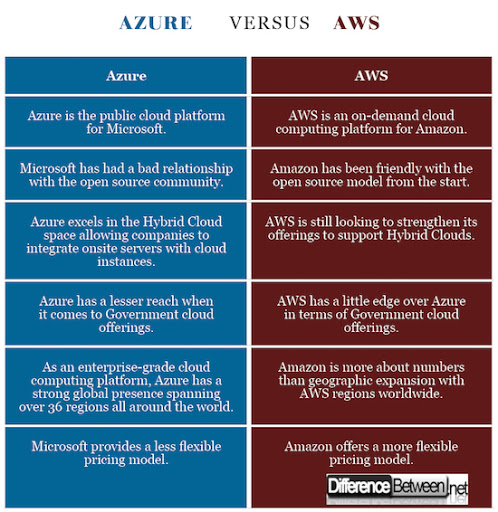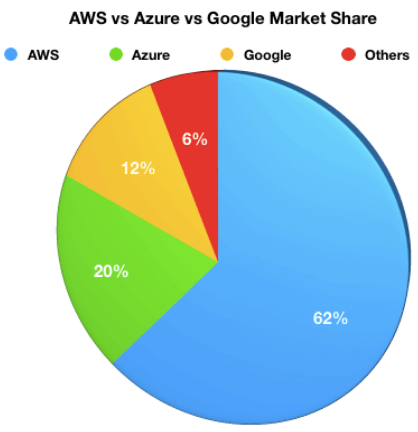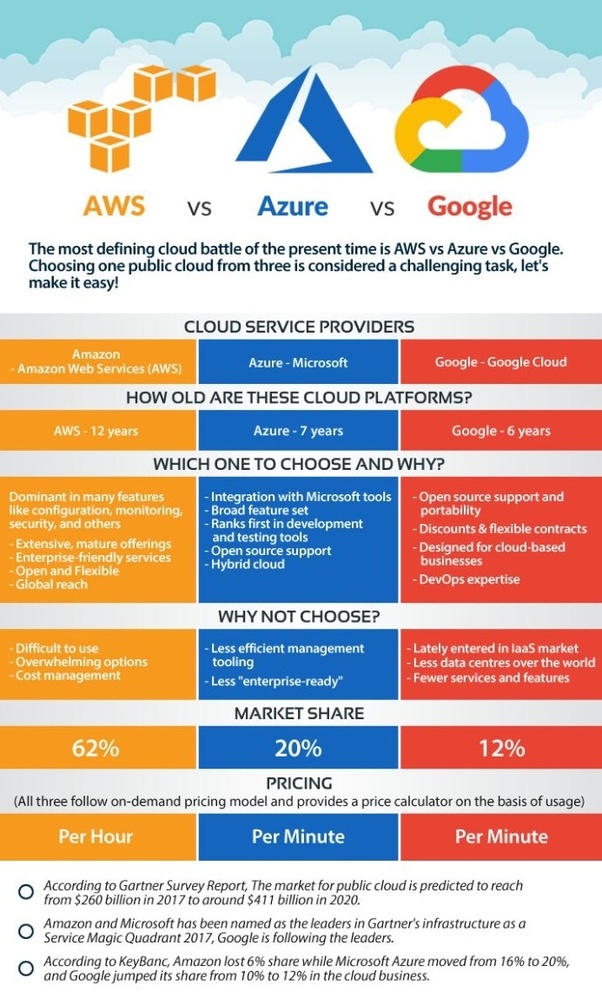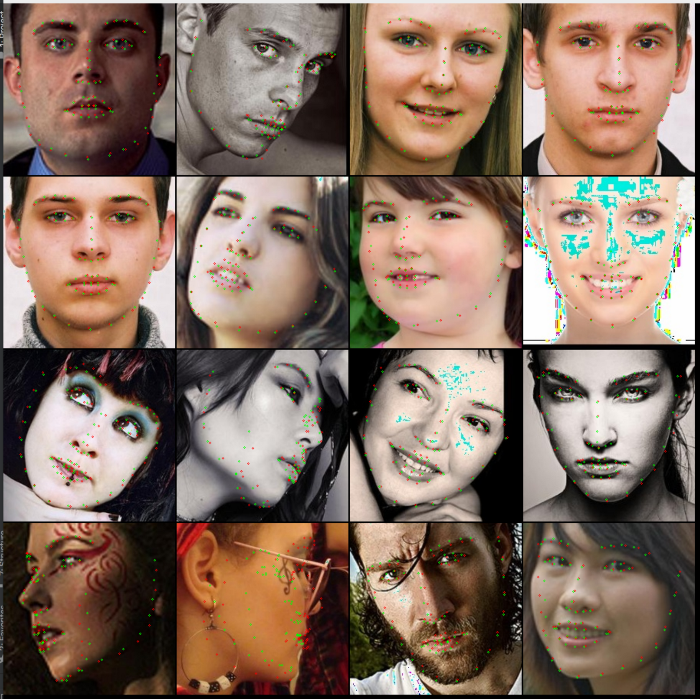BREAKING NEWS
LATEST POSTS
-
-
VIM – the fastest way to interact with the biggest BIM projects
VIM is a real-time 3D file format purpose built for AEC’s modern demands.
VIM offers a modern, efficient, and compact 3D data interchange open format to quickly transport design data and geometry from Revit and other BIM sources such as real-time engines and 3D editors.
-
Tails – Portable Live Operating System – Pipeline
To use Tails, shut down the computer and start on your Tails USB stick instead of starting on Windows, macOS, or Linux.
You can temporarily turn your own computer into a secure machine. You can also stay safe while using the computer of somebody else.
Tails is a 1.2 GB download and takes ½ hour to install. Tails can be installed on any USB stick of 8 GB minimum. Tails works on most computers less than 10 years old. You can start again on the other operating system after you shut down Tails.
-
Ugo Capeto – Depth Map Automatic Generator for stereo imaging
3dstereophoto.blogspot.com/2019/11/2d-to-3d-image-conversion-software-3d.html
3dstereophoto.blogspot.com/p/software.html
Tools for converting a 2d image into a 3d image (stereo conversion) via the creation of a depth map
byu/ugocapeto in3dConversionto generate the stereo pair and anaglyph
sourceforge.net/projects/two2three/ -
Cloud computing – AWS vs AZURE vs GOOGLE
www.otava.com/reference/aws-vs-azure-key-differences/
www.edureka.co/blog/aws-vs-azure/
www.quora.com/What-are-the-major-differences-between-AWS-Azure-and-Google-Cloud
Google usually gives the biggest bang for your buck, but is not strong in all fields.
Azure will probably fit best if you are already using a lot of Microsoft products and Windows.
AWS is most mature, has the most flexibility, the best console, but it’s VM’s are less powerful or just more expensiveAmazon AWS
– Offers the most infrastructure as a service offerings such as low level computing (EC2), storage (S3), VPC (networking), database (RDS) with support for various operating systems (Windows, Many Linux flavors) with a vast 3rd party marketplace called AWS Marketplace where vendors provide their add-ons.
– Pioneer for serverless computing with Lambda, and now Fargate/Elastic Kubernetes Service.
– While Amazon has more product and feature offerings, it requires professional setup to operate & maintain. AWS gives you building blocks, it is up to you to build it together.
– According to Marketing Intelligence for Cloud Service Providers | Intricately there are over 1MM customers making it one of the most popular computing platforms to date: Intricately
– Price is similar to MicrosoftMicrosoft AZURE
– Supports both Windows & Linux workloads, with a very deep integration into Microsoft’s developer ecosystem with Visual Studio, .NET etc. If you are an MSFT developer, Azure is an easy way to get your application deployed.
– Price is similar to AWSGoogle
– The newest entrant to the market, offers mostly Platform as Service offerings like Machine Learning as a Service, Kubernetes as a Service etc. However, Google does not offer as many product offerings.
– Google pioneered Kubernetes and is the leader in terms of delivering a truly managed Kubernetes experience
– Price can be cheaper than AWS and Microsoft due to the PaaS nature of the product, may require less building.


-
Google Blocky educational visual programming for Python, Javascript, PHP, LUA, Dart
Blockly is a client-side library for the programming language JavaScript for creating block-based visual programming languages (VPLs) and editors. It is a project of Google and is free and open-source software released under the Apache License 2.0.
developers.google.com/blockly/guides/overview
FEATURED POSTS
-
PBR Color Reference List for Materials – by Grzegorz Baran
“The list should be helpful for every material artist who work on PBR materials as it contains over 200 color values measured with PCE-RGB2 1002 Color Spectrometer device and presented in linear and sRGB (2.2) gamma space.
All color values, HUE and Saturation in this list come from measurements taken with PCE-RGB2 1002 Color Spectrometer device and are presented in linear and sRGB (2.2) gamma space (more info at the end of this video) I calculated Relative Luminance and Luminance values based on captured color using my own equation which takes color based luminance perception into consideration. Bare in mind that there is no ‘one’ color per substance as nothing in nature is even 100% uniform and any value in +/-10% range from these should be considered as correct one. Therefore this list should be always considered as a color reference for material’s albedos, not ulitimate and absolute truth.“










